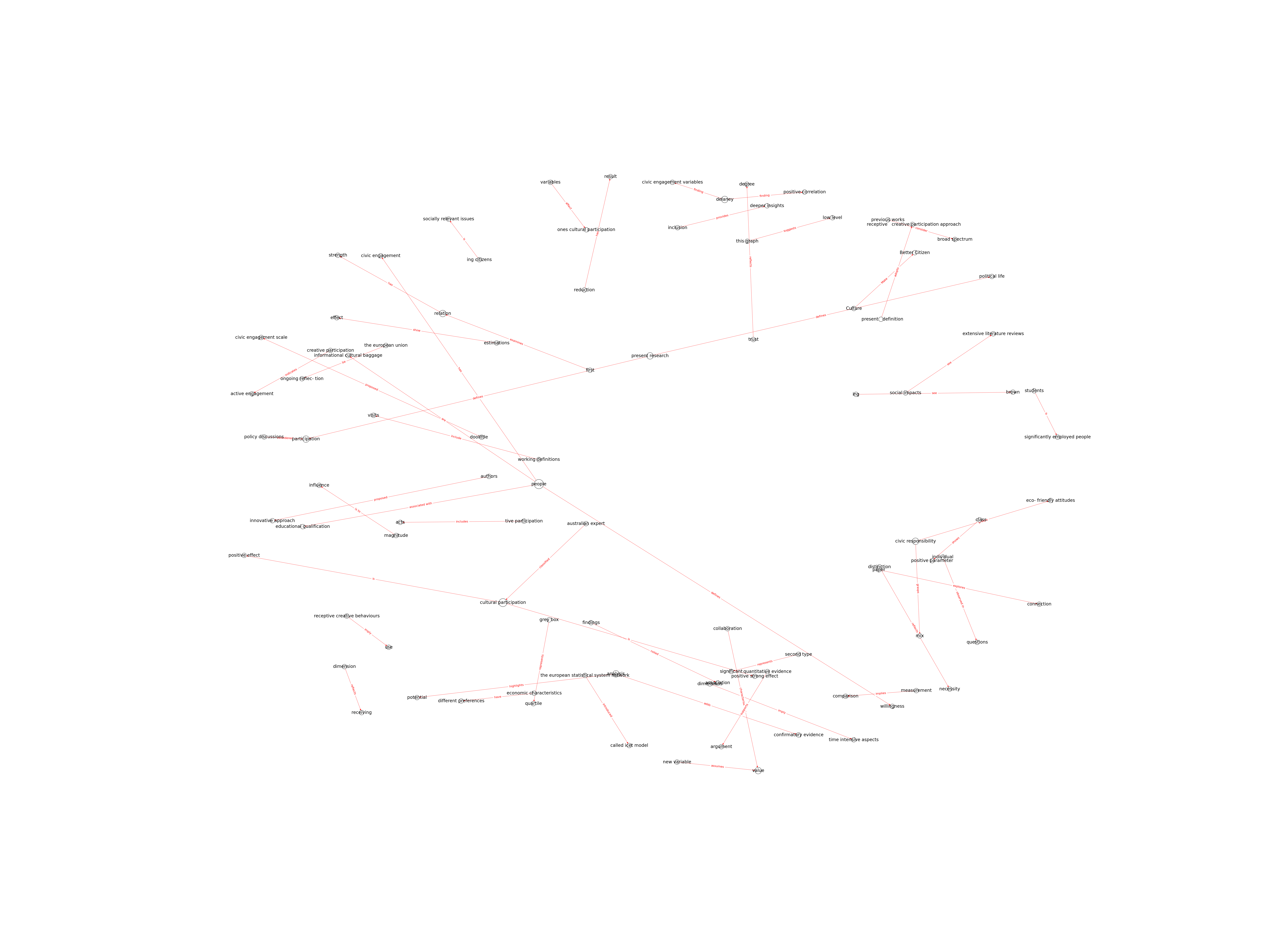| Id | 108 | |
| Author | Montalto, V., ; Campagna, D., ; Caperna, G., | |
| Title | Does Culture Make a Better Citizen? Exploring the Relationship Between Cultural and Civic Participation in Italy | |
| Reference | Campagna, D., Caperna, G. & Montalto, V. (2020). Does Culture Make a Better Citizen? Exploring the Relationship Between Cultural and Civic Participation in Italy. Social Indicators Research. DOI: 10.1007/s11205-020-02265-3 |
|
| Keywords | Cultural participation; Civic engagement; Composite indicators; Poset theory; Social impacts |
|
| Link to article | https://doi.org/10.1007/s11205-020-02265-3 |
|
| Abstract | In the last decades, policy discussions have increasingly considered participation in arts and cultural activities as a vehicle to reach broader social policy goals, such as social inclusion or active citizenship. However, convincing empirical evidence on the social impacts of arts and culture is still scarce. In particular, little attention has been given to the impact that cultural participation may have on individuals’ engagement in civil society, especially in Europe. In order to address this lack of evidence, this paper explores the connection between cultural participation and civic participation in Italy using Likert-scale data collected in the ISTAT “Aspetti della Vita Quotidiana” Survey (2014). To do so, two composite indicators—the participation in cultural life indicator and the participation in civic life indicator—have been built using an approach based on partial order theory and the concept of Average Rank. The effect of cultural participation on civic engagement has been estimated using a quantile regression model which controls for potentially cofounding factors such as education, income, age and gender. Results do confirm that participation in arts and cultural activities is highly correlated with participation in civic life. It is particularly worth noticing that at higher levels of civic participation, cultural participation has a positive and strong effect on civic engagement of people having a low educational level. |
|
| Metodology | "This paper explores the connection between cultural participation and civic participation in Italy using Likert-scale data collected in the ISTAT “Aspetti della Vita Quotidiana” Survey (2014). Two composite indicators—participation in cultural life indicator (PCULT) and the participation in civic life indicator (PCIVIC)— were built with a view to capture the multidimensional concepts of interest with the help of the theory of Partially Ordered Sets (poset theory) and using the concept of Average Rank (AR) that better fits the ordinal nature of the used data as opposed to other commonly used aggregation methods (e.g. arithmetic averages). The effect of cultural participation on civic engagement has been estimated using a quantile regression model which controls for potentially cofounding factors such as education, income, age and gender." |
Technique | Construction of indicators |

Note: Due to lack of computing power, results have been previously created and saved in database


